Can Giraffes Talk? (And Other Weird Animal Myths You’ve Believed All Your Life)
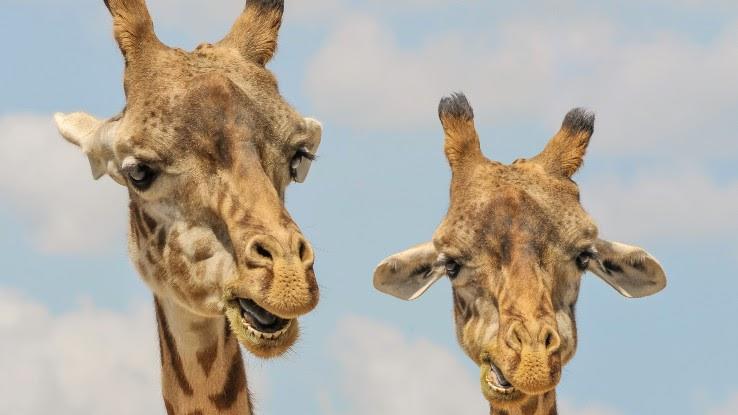
Our whole lives, we have believed some pretty outlandish things about many animals. Some of these widespread beliefs are true, but others are based on nothing more than wild imagination. You were always told bats are blind, camels store water in their humps, goldfish have three-second memories, and dogs and cats are color blind, but are any of those things actually true?
The truth is some of the most common beliefs are pure fiction, although some stemmed from false impressions and misinterpretations that were loosely based on grains of truth. Curious what is real and what isn’t in the animal kingdom? Join us as we debunk some of the most common animal myths and uncover answers to intriguing questions.
Myth: Camels Store Water in Their Humps
Camels are amazing animals that we associate with the desert. Because of their ability to survive for up to seven days without water and their penchant for sandy zones, we have bought into the weird myth that they store water in those lumpy humps on their backs.

But the hump isn’t what helps them get away with hydrating less often. It’s actually the oval-shaped red blood cells they have in their bodies versus the standard circular-shaped cells that most other animals, including humans, possess. Their humps are actually made of mounds of fat, which provide camels with heaps of energy for toting around humans and supplies in the blistering heat.
Myth: Narwhals Live in the Southern Hemisphere
The unicorn of the sea is an amazing, beautiful, whale-like creature that actually belongs to the porpoise family. They can be spotted swimming in a blessing of dozens or even hundreds of narwhals. These beautiful, single-horned creatures are great swimmers and love deep, icy waters.
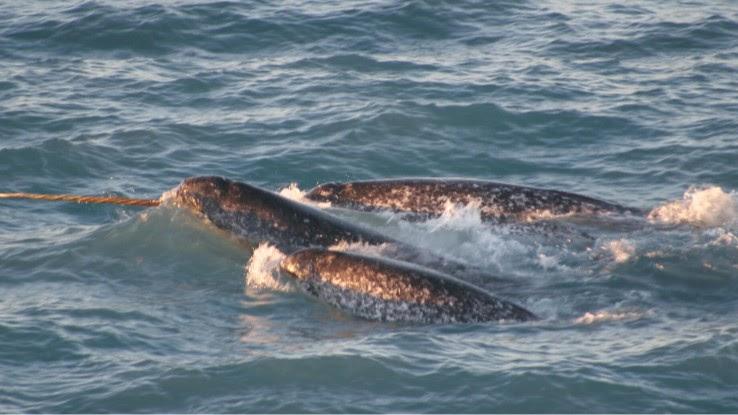
Narwhals are year-round Arctic water residents and don’t make the journey down to the southern hemisphere. Instead, they summer in their own ice-free coastal waters. If they find themselves facing impenetrable coastal ice, they move offshore into deeper, warmer waters and feed under the shifting ice floes.
Myth: Sharks Live in Antarctica
While it’s true that some fish do live in the frigid waters surrounding the continent of Antarctica, the water there is too cold to sustain sharks. Some sharks do venture into the Arctic seas, which aren’t as cold as those on the southernmost point of the world.
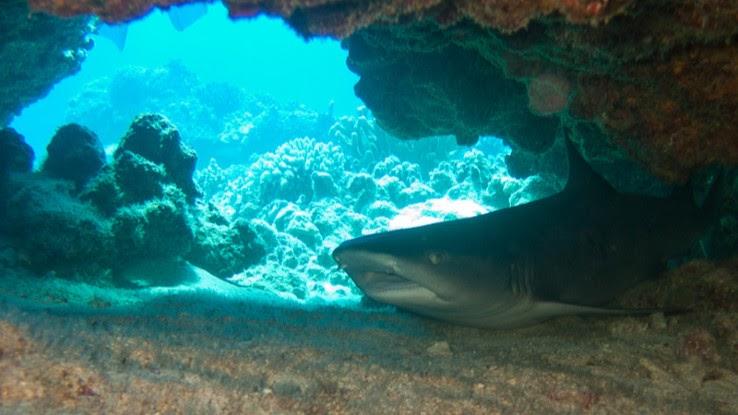
The fish that can survive in Antarctic waters include notothenioid, which produce their own sort of antifreeze proteins, which bind to ice crystals in their blood and prevent them from freezing to death. Fish species with no red blood cells, such as the Chaenocephalus aceratus, can also live there.
Myth: Bats Are Blind
You’ve heard that old saying that someone is “blind as a bat.” The reality is that although some species of bats don’t have the best eyesight, they are not blind at all. Some species actually see just as well as humans, possibly better.
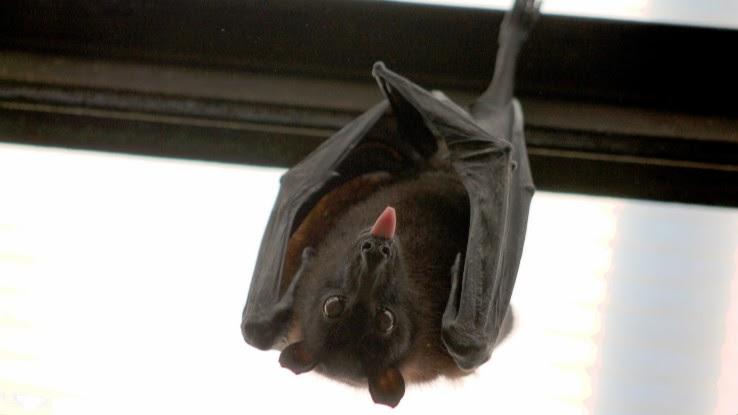
Bats do primarily use their echolocation capabilities to navigate, which is likely what fuels the misconception that they can’t see well. The echolocation is a form of sonar built into their systems that allows them to traverse dark areas and avoid obstacles in their paths, like trees, buildings or even people.
Myth: Ostriches Put Their Heads in the Sand
Here’s one that we’ve all probably heard and probably believed. When ostriches get freaked out or terrified, they bury their heads in the sand and hope that the trouble will blindly pass them by without seeing them. If they did do this, they would die — you can’t breathe through sand.
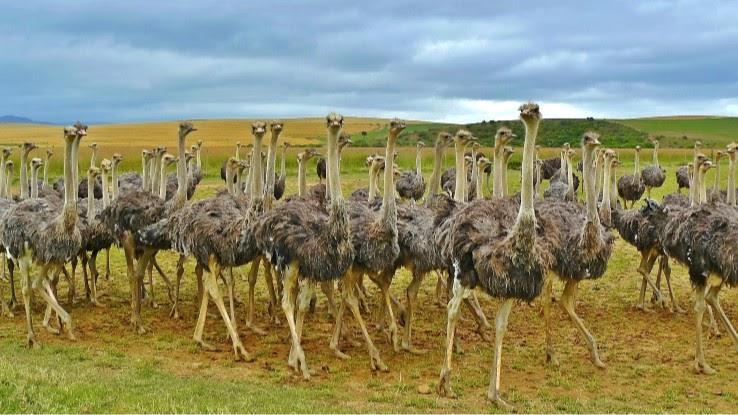
Ostriches are the fastest animals on two legs and can run up to 40 miles per hour for brief distances or sprint up to 30 miles per hour for 10 miles to escape intensive danger. If they are truly petrified, they don’t bury their head in the dirt — they flop to the ground and play dead.
Myth: Frogs and Toads Can Give You Warts
Here’s one you probably definitely believed as a kid — and maybe still do. Frogs and toads can give you warts if they pee on you. It’s believed that this myth was born from the visual look of amphibians with warty-looking bumps on their skin.
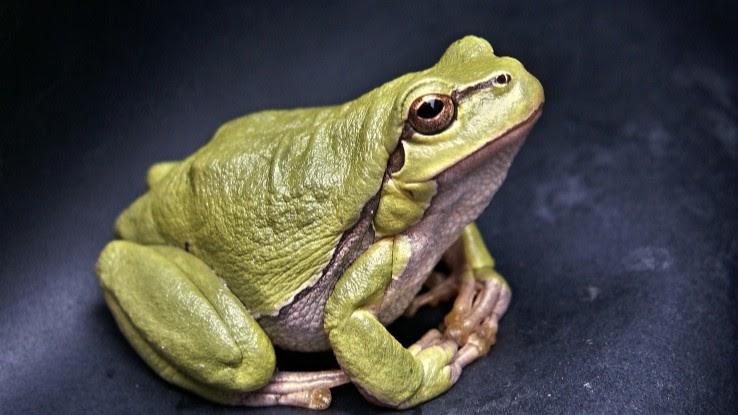
In truth, warts don’t exist outside the human species, and amphibians don’t have warts. In humans, they are caused by a type of human papillomavirus and can actually be transmitted by shaking hands with someone who carries the virus. Frogs and toads aren’t entirely safe, though, since some species do secrete some skin toxins.
Myth: Giraffes Talk
The one that started this whole conversation is another big, fat myth. The amazing, beautiful, incredibly awkward giraffe has been rumored to speak. Giraffes can actually communicate with each other through some interesting means, but we’re sorry to break it to you — speech is not one of them.
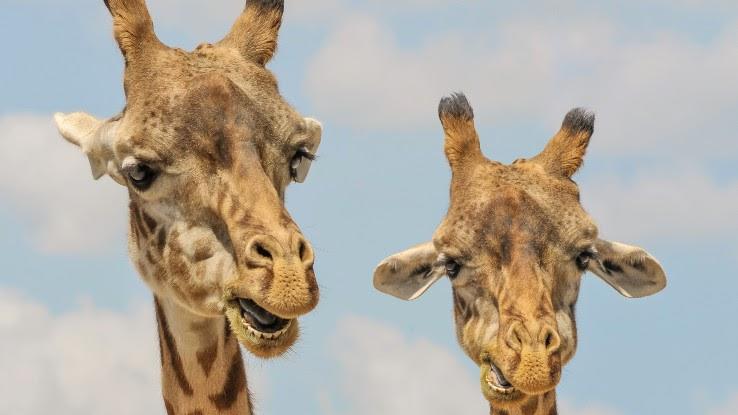
Giraffes communicate primarily through infrasonic methods, which means groans, grunts and humming that are mostly too low frequency for humans to hear with the naked ear. Some adults even whistle to their young as a warning for danger. They often use long stares and the occasional necking to communicate as well.
Myth: Goldfish Have Really Short Memories
Glub, glub, glub — and Goldie’s memory is gone, right? Well, just because Dory can’t recall her name three seconds later doesn’t mean fish in the real world have the same problem. In fact, most fish, including the popular goldfish, can actually remember things for months, not seconds.
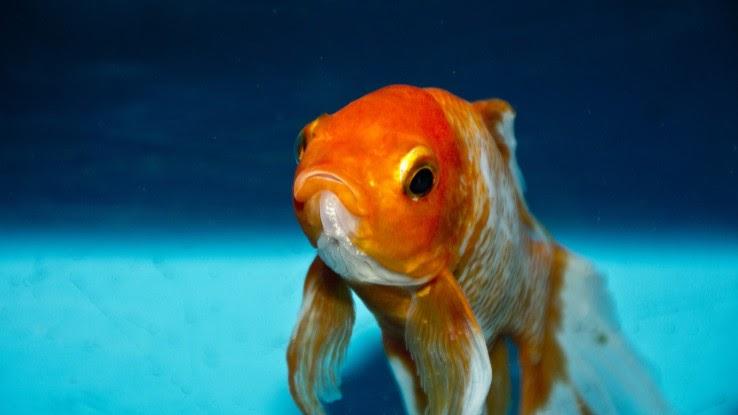
Behavioral studies have shown that goldfish can learn a wide number of things, including how to operate tiny levers, knowing when it’s feeding time and recognizing their owners when they approach the goldfish tank. That all requires memory capacity of much longer than a few seconds.
Myth: Sharks Swim So They Don’t Die
Here’s another one we’ve probably all heard since childhood: Sharks will die if they stop swimming. Colloquially speaking, for folks in the finance business, a “shark” just might “die” if he or she stops making moves, but in the natural world where real sharks live, this just isn’t true, at least not for all shark species.
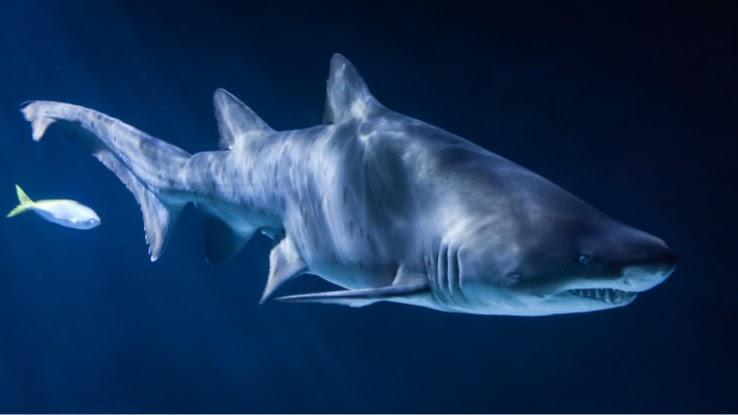
Sharks do not have swim bladders, which means they will sink to the bottom if they stop moving. However, they don’t have bodies that compress, so they are okay with rapid ascents and descents when they start or stop swimming. In fact, some sharks prefer being near the bottom, like nurse sharks.
Myth: Every Wolf Pack Has an Alpha Male
Among captive wolves, there’s a certain social order that calls for an alpha male, but in the wild, this isn’t true at all. In fact, they don’t appear to have any specified hierarchy within a pack in the wilderness. Instead, wolf packs are family groups that result in the parents as the natural “alphas,” in much the same way humans behave in our family unit.

The original theory was posited by Rudolph Schenkel, who observed wolves at a zoo. In the captive realm, this hierarchy exists, probably due to the non-familial community in which they live leading to a search for dominance.
Myth: Bulls Charge When They See the Color Red
We’ve all seen those old cartoons where the matador whips and waves a red cape to get the bull to charge him. In a real bullfighting ring, you will actually see the same thing. In fact, the Spanish bullfighting rings are where the myth arose that bulls are enraged by the color red.
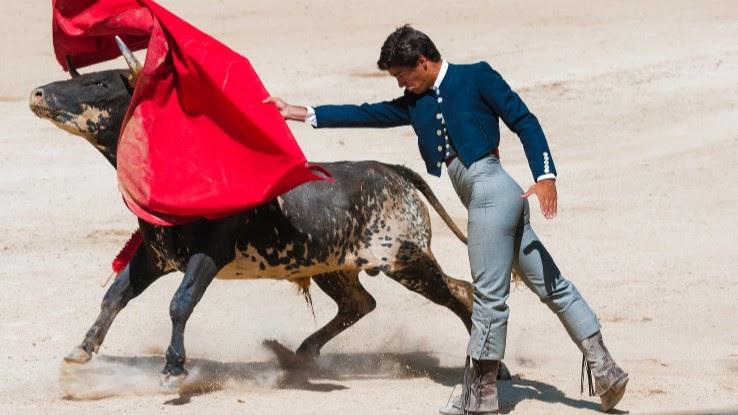
The reality is they certainly charge at the color red, but in that moment, they would charge at any other color in exactly the same way. They are actually color blind to both red and green, which further proves it isn’t the color that enrages them — it’s the matador waving the cape. That flip and flash captures their attention and keeps them engaged.
Myth: Sharks Can’t Get Cancer
Another weird myth that has arisen about sharks is that they can’t get cancer. The source of the myth supposedly goes back to I. William Lane, who attempted to sell shark cartilage for cancer treatment. Basically, reputable scientists insisted it was just another snake oil tactic used to make a fortune by taking advantage of folks in need.
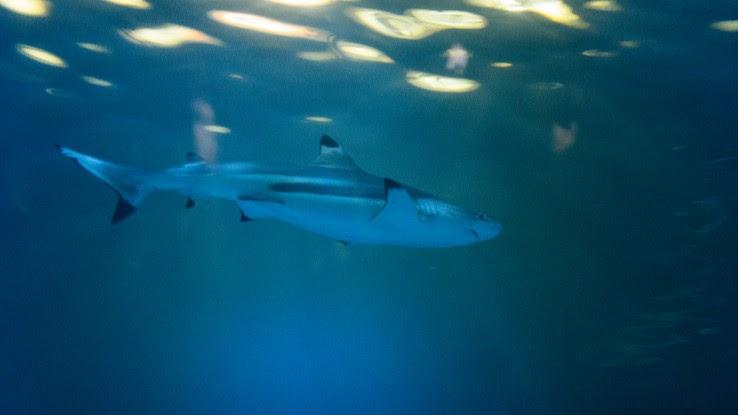
The reality is that some sharks are certainly less prone to cancer than humans, but they do still get cancer. In 2013 alone, researchers reported finding huge tumor growths on great white sharks and bronze whaler sharks. Dozens of different shark species have been known to suffer from cancer.
Myth: Giraffes Only Sleep for 30 Minutes a Day
Returning to our long-necked friends, we’ve often heard that giraffes only sleep about 30 minutes a day, but this is not true. Giraffes need more sleep than that, and they typically get it, even in the wild. In fact, studies have been done to analyze just how much sleep they get.

Researchers monitored a herd of adults for more than 150 days to track their sleeping habits. They discovered that the giraffes slept overnight, as most diurnal animals do. They also found that the giraffes slept in the afternoons, getting in long naps of about 4.6 hours each day. That’s a pretty good nap!
Myth: Bears Hibernate in Winter
This is a myth that most of us have believed from an early age. When autumn comes, bears pack on the fatty pounds, go find a cave and snuggle in for a long winter full of snoring, nuzzling and loads of dreams. Many people have been seriously envious of the bear’s winter-long nap.

Of course, they don’t hibernate the way we always thought they did. Shocked? This busted myth puts a lot of disbelief on a lot of faces. Instead, bears do something a little less extreme called torpor. Their heart rate and breathing slow, their body temperature drops slightly, and they don’t eat or create waste. The main difference is they do awaken and have days when they’re conscious.
Myth: Cats Only Purr When They Are Happy
That comforting, cozy purring noise means your kitty is happy, right? Well, your cat certainly might be happy and purr to show appreciation for the cuddles from humans and the snuggles from kittens, but they purr at other times as well — ironically, mostly in unhappy moments.
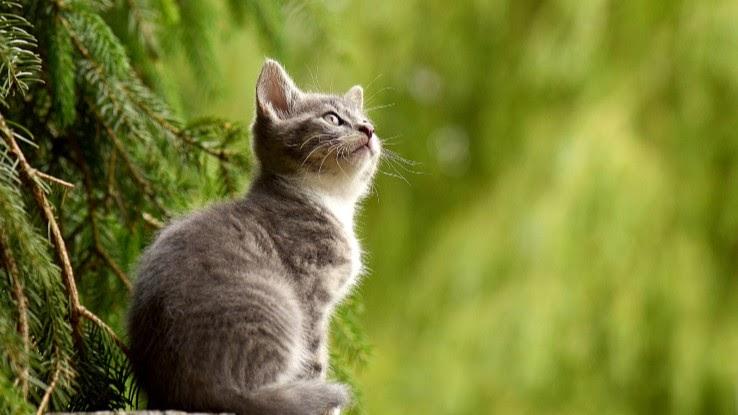
Cats may purr when they’re distressed, such as when they’re stuffed into a pet carrier and taken to the vet. They sometimes purr when they’re hungry and are stimulating their systems. They also purr when they’re injured and trying to self-heal. The vibrations can improve bone density and promote musculoskeletal health.
Myth: Sharks Can Smell a Single Drop of Blood from Far Away
Our final shark myth is that sharks can smell blood — even a single drop — from miles away in the ocean. They do have highly enlarged brain regions for smelling odors, which does allow them to detect small amounts of blood in large amounts of water, but they’re not as amazing at it as all those Jaws representations.
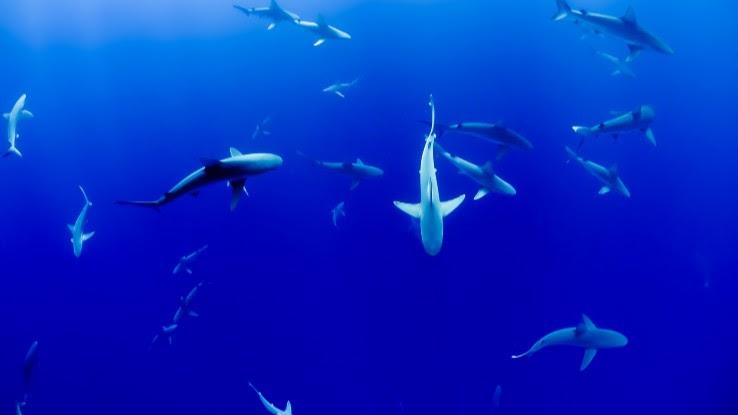
They can smell one-part blood per ten billion parts water, which is the equivalent of one drop of blood in an Olympic-sized pool. While that seems huge in a backyard, it hardly amounts to anything stretched over miles and miles of ocean water. The blood definitely doesn’t “call” to them from some distant island shore, prompting them to stalk castaways.
Myth: Anteaters Vacuum Up Ants with Their Snouts
Cartoons can be educational and make us aware of unusual animals we would otherwise never see, but they aren’t always a great educational tool when it comes to describing what these animals actually do. For instance, let’s take the anteater. They are depicted as vacuuming up ants with their snouts in a lot of cartoons.
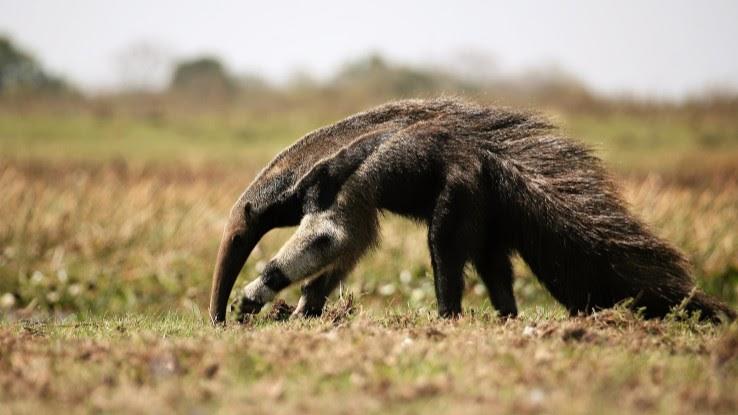
They don’t actually use their noses for that. Instead, they have really long tongues that measure almost 2 feet long. They flick these tongues out of their mouths — rather like frogs flicking their tongues at flies — and snag their ant prey with the spiny hooks and sticky saliva on the tongue.
Myth: Baby Snakes Are More Venomous Than Adults
If you have ever gone hiking, you’ve probably heard this one: Baby snakes have more venom than adults. The logic is usually based on their more compact size and their inability to control their venom output in a single bit. Thankfully, both theories are a load of baloney.
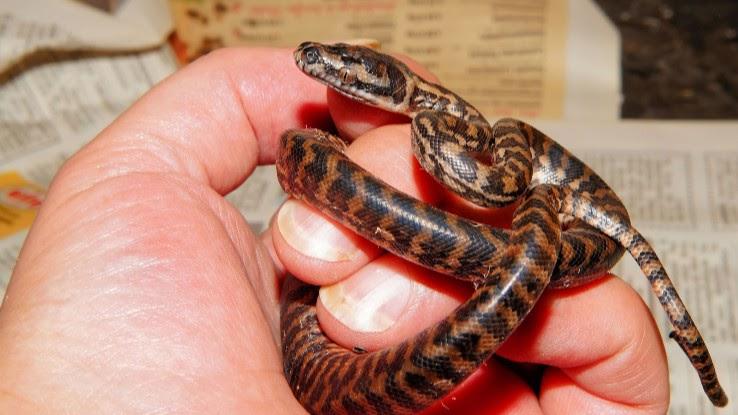
First, scientists haven’t conclusively determined if any snake — adult or baby — can control how much venom is in a strike. Second, snake venom becomes more potent as a snake ages, not the other way around. A smaller snake is more likely to cause less harm, whatever their age. So, that’s not entirely good news, but at least a baby snake isn’t any scarier than mommy and daddy.
Myth: Chameleons Change Colors to Blend into the Environment
Chameleons are an amazing lizard species that can change colors to blend into its environment — or maybe not. The color changes actually have nothing to do with physical appearance. Instead, the skin of the chameleon changes pigment based on the temperature and state of arousal of the creature.
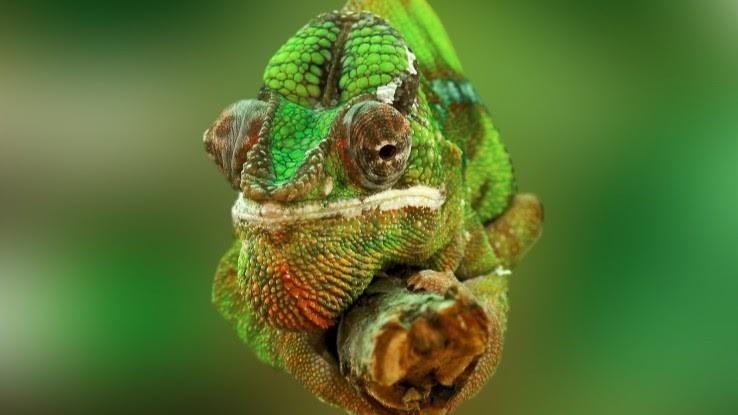
They have these things called nanocrystals within reflective cells in the outermost layer of their skin. Depending on where the crystals are, the color changes. Higher temps mean different colors than cooler temps. These guys can use their brains to control this to a certain extent, such as staying in the sun to keep a certain shade going.
Myth: Owls Can Turn Their Heads 360 Degrees
Here’s another myth completely fed by cartoons and wild imaginations: Owls can rotate their heads 360 degrees. Ouch! If you think about it, this is clearly impossible. It would mean the head would have to be detached from the neck. They can swivel their heads up to 270 degrees — which is pretty darn good range! — without damaging blood vessels in their necks or blocking blood flow to their brains.
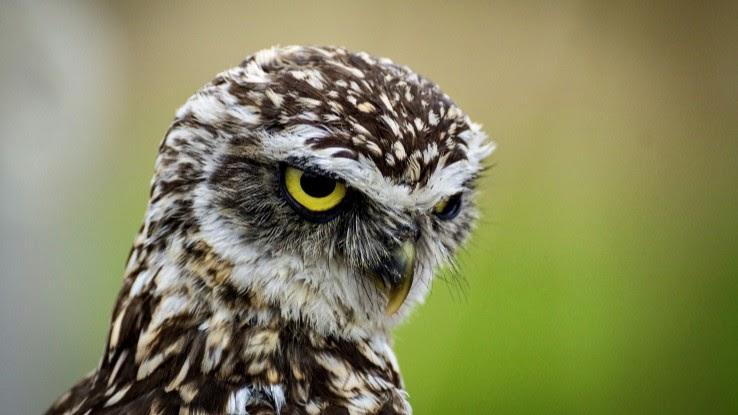
Owls specifically have bone structures and blood vessel systems designed to allow this type of wild rotation. Nature isn’t just weird in this case, though. They have this characteristic because their eyes are fixed. Rotating their head is the only way they can take a good look all around.
Myth: An Earthworm Cut in Half Becomes Two Worms
Those wiggly treats for birds called earthworms have been mythicized for decades — maybe centuries — based on the idea that if you cut them in half, they live and become two worms. That’s not even remotely true. The source of the myth comes from the true fact that if an earthworm is severed at the right location, it can grow a new tail.
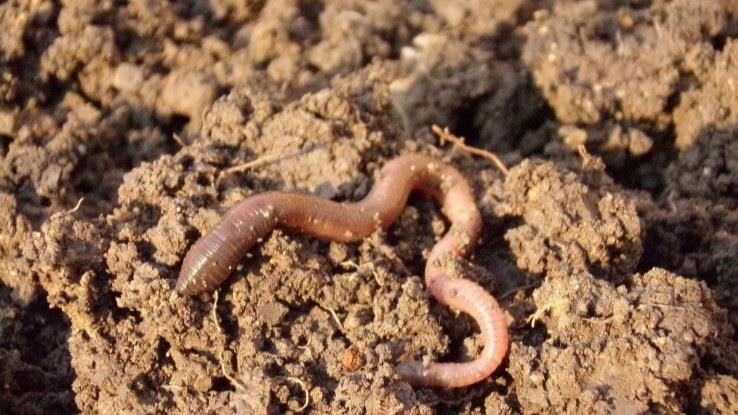
They have a distinct head and a distinct tail. If the head is severed behind the clitellum, which is the swollen band, the worm may be able to survive and grow that new tail. The tail will never grow a new head, however.
Myth: Elephants Use Their Trunks Like Straws
If you watch an elephant for any amount of time, you will see it use its trunk for a number of different things. They are obviously used for breathing — trunks are basically an elephant’s nose, after all — and they use them for smelling, gathering food and even caressing a loved one.
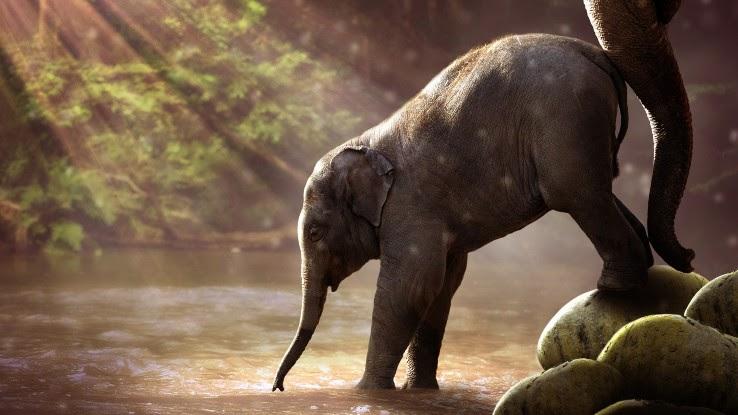
Having said all that, a trunk is absolutely not a straw. Just like a human can’t drink water through their nose, an elephant can’t use its trunk to slurp up water from a pond directly. The confusion stems from the habit of using their trunks to partially suck up water to squirt into their mouths — gross but true — never to directly drink.
Myth: Skunks Will Always Spray You
Some people hear the word “skunk” and immediately panic. The idea of being sprayed by one is certainly an unpleasant one, and there’s a nasty myth that these curious creatures will immediately spray you if they spot you in the woods — or even in an urban setting — if you are anywhere near them.
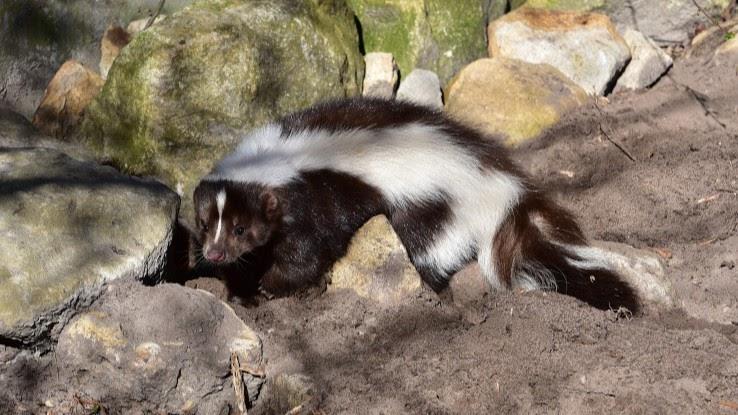
Yes, the reality is you might get sprayed, but they are solitary animals who are much more likely to run away than take a stand against something that scares them. They graciously use a variety of warning tactics before they finally resort to their malodorous defense. If you aren’t too close, you should have a chance to get out of the way.
Myth: Humans Evolved from Chimpanzees
A common misunderstanding about evolution is the idea that humans are 100% directly related to chimpanzees. While there are some close and sometimes uncanny similarities between our two species, humans are only around 98.8% similar to chimpanzees from a DNA perspective.
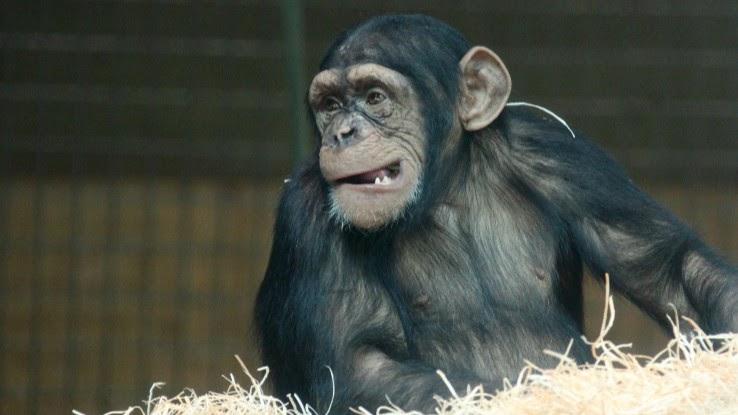
An often forgotten part of evolution is that it works via incremental genetic changes over the course of numerous generations. While humans and chimps may have shared a common ancestor, it would have been around six to eight million years ago. The modern-day chimp evolved into a separate branch of the primate family tree.
Myth: Mother Birds Will Abandon Babies Touched by Humans
Kids and grown-ups alike love to touch things, especially little, helpless, baby things that don’t seem to have the protection of their parents around. The myth that mother birds abandon their babies if they are touched by human hands probably came out of this fascination.
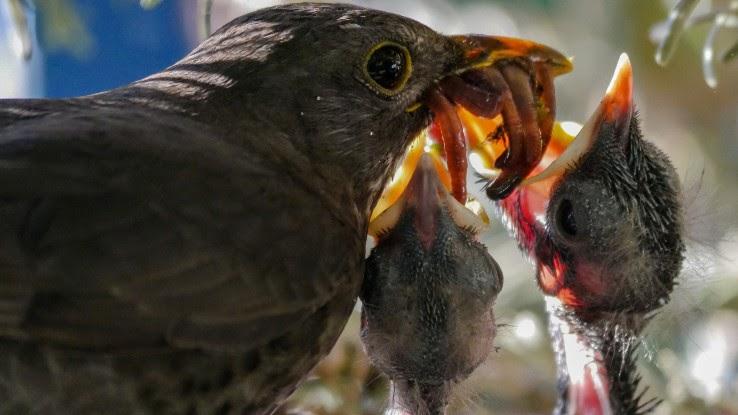
Birds, however, don’t have a keen sense of smell, plus, they’re parents. Would you abandon your kid just because some cat decided to lick her? The bigger issue is disturbing a bird’s nest. If you find the baby or the nest, let the legend rest and avoid touching either one.
Myth: Beaver Secretions Flavor Your Ice Cream
There is a popular urban myth that a secretion called castoreum, which is isolated from the anal gland of beavers, is used for vanilla flavoring. However, while this secretion is used in certain perfumes, there is no evidence any company has ever used it for food.
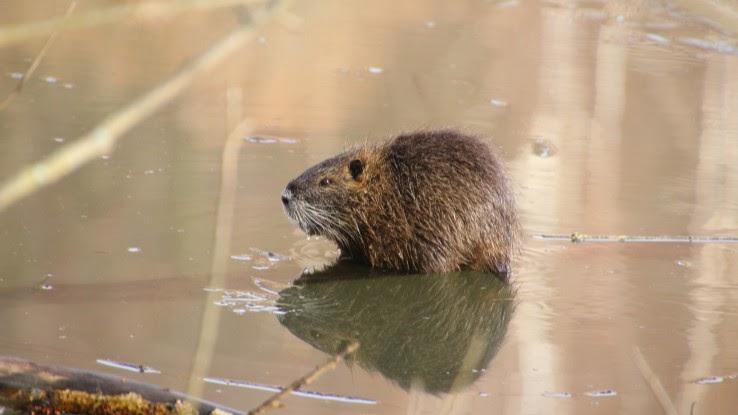
For one thing, a single pound of the anal gland costs around $70, so it wouldn’t be cost efficient. Additionally, regulations in the United States would be a prime deterrent in using a rodent’s anal gland for flavoring. The FDA maintains strict regulations on things like flavorings and extracts, probably for this very reason.
Myth: Cats and Dogs Are Color Blind
It’s a very common animal myth that cats and dogs are completely color blind. The myth stemmed from a previously held scientific belief, but recent studies have shown that they have much better color vision than previously thought. Both types of animals can see blue and green and are able to see better in low light.
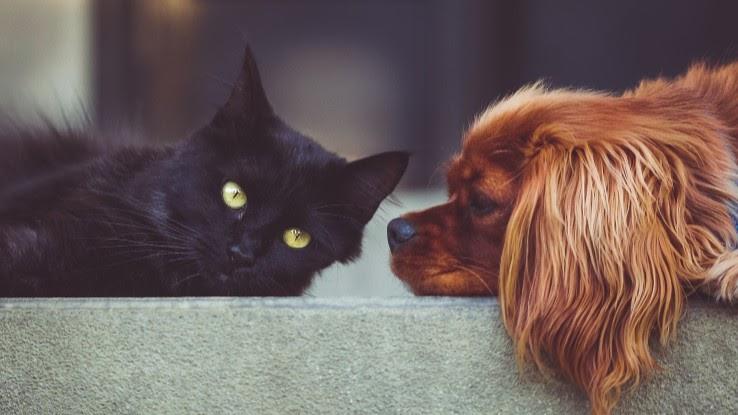
The basis for the original belief related to both animals seeing light differently than humans. Cats see red and pink as more of a green color, while purple appears as another shade of blue. Dogs have fewer cones in their eyes, so their capacity to see color is one-seventh that of humans.
Myth: Lemmings Use Cliffs for Mass Suicides When They Freak Out
This is kind of a weird myth that has popped up in humorous notes throughout the centuries. Lemmings have lived in large colonies throughout history, apparently appearing out of nowhere at times — read: migration — and have exhibited some odd behaviors.
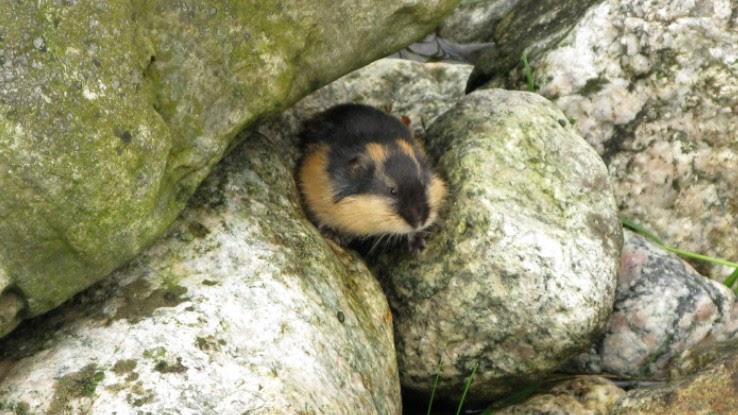
The population of these rodents booms every three to four years, and they head out in search of a new home. They are great swimmers, so they aren’t at all afraid to just jump into whatever body of water is blocking their way. A few may drown, but the majority make it across and keep going. Rather than qualifying as a mass suicide, the behavior is more accurately a daredevil maneuver.
Myth: Penguins Live in the Arctic
Australia has penguins. The Galapagos Islands have penguins. Antarctica has penguins. The Arctic Circle does not have penguins. These flippered swimmers are almost entirely southern hemisphere birds that like cold waters but don’t travel between the two poles.
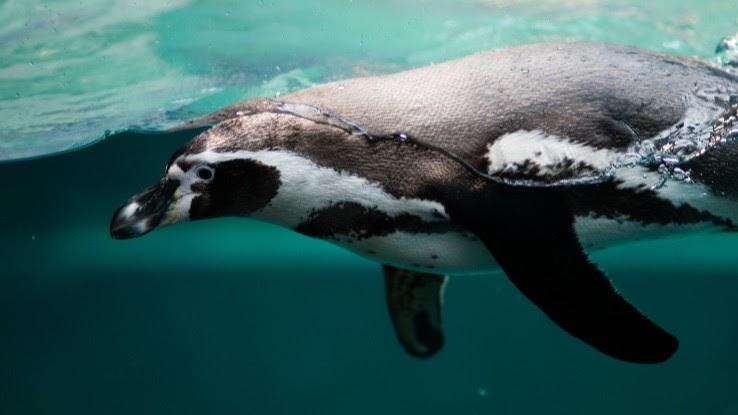
Some of the misconception about penguins living in the north is probably due to folks sometimes confusing the Atlantic puffin with penguins. The birds are black and white with colorful yellow plumage, so from a distance, someone might mistake them for a weird Emperor Penguin. Up close, they look more like ducks crossed with parrots.
Myth: Mice Adore Cheese
Practically every cartoon, mousetrap and mouse stock photo give the impression that those furry little rodents adore the hard, yellow or white mold we humans love to snack on with crackers. Get ready for the shocker — mice are actually sort of indifferent to cheese!
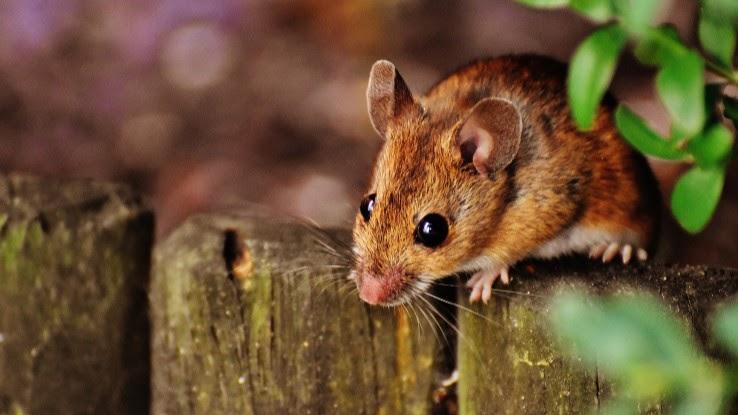
They actually prefer sweet foods over savory cheeses and would prefer chocolate or peanut butter. So, if you need to trap one in the house, bait the mousetrap with a spoonful of peanut butter or a chunk of Hershey’s and keep the cheese for yourself. You will all be happier. (Okay, only you will be happier once the trap is sprung.)





